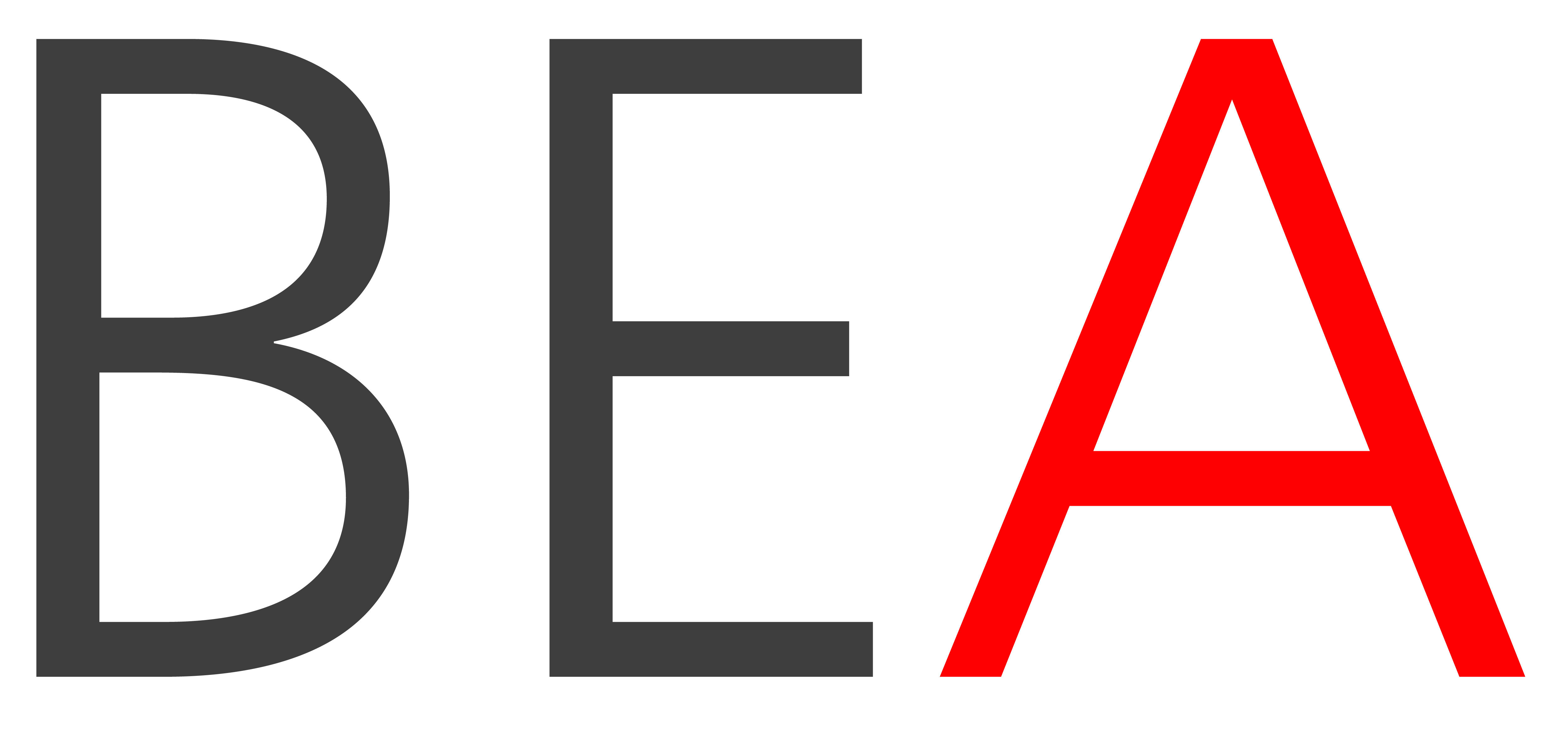In his latest solo exhibition at BEA, Cuban-born artist Juan Carlos Rivero-Cintra explores the yearning, nostalgia, and uprooting that stem from the act of migrating through a figurative visual language filled with symbols.
CROSSROADS
Works by Juan Carlos Rivero-Cintra
Which smells, colors and flavors connect us to our homeland? How do you build a new life without forgetting the place we once called home? In his latest solo exhibition at Beatriz Esguerra Arte, Cuban-born artist Juan Carlos Rivero-Cintra (1972) explores the yearning, nostalgia, and uprooting that stem from the act of migrating through a figurative visual language filled with symbols. The series of drawings and oil paintings included in Crossroads refer to a symbolic displacement, as they have artifacts that take us to an imaginary world populated by organic forms. Overall, the works displayed at BEA are snapshots of Rivero-Cintra’s inner and physical journey, given that he has migrated to many South American countries and recently moved to Paraguay.
The more than 25 small and medium-scale works featured in Crossroads give life to a Surrealist universe that bears its logic. Here, tropical fruits and vegetables are represented in a hyperrealist style and take the shape of objects placed in unlikely settings. For example, in the series of paintings titled Don’t Leave Me in the Dark, Rivero-Cintra places tomatoes and eggplants on top of emblematic Volkswagen Beetles. In Memories as Metaphors, asparagus and giant garlic give form to vessels guided by sailors. Furthermore, in Path of Stars, slices of ripe tomatoes and watermelons become mysterious vessels that travel across the stars. All these imaginary artifacts appear to be wandering. As migrants do, they are constantly moving; they leave marks and face choices as they travel. In the artist’s words, “Crossroads is the intersection where different paths collide, where the wanderer or, in this case, the artist, arrives. Everywhere he looks, he finds clues signaling where to go next or where he is coming from.”
The pieces on display at BEA bring forth the many facets of Rivero-Cintra’s practice, whose career started with prints and later focused on paintings, and reflect his drawing skills. When viewed as a whole, the drawings and paintings featured in Crossroads can be read as chapters of a graphic novel that talk about identity, belonging, and a constant quest. He presents us with many routes but avoids tracing a final destination. He presents us with never-ending Crossroads.
Contanza Ontiveros Valdés
PhD in Philosophy, UNAM
MA in Art History, UNAM
***
ENTRECAMINOS
Obras de Juan Carlos RIvero-Cintra
¿Qué olores, colores y sabores nos conectan a nuestra tierra natal? ¿Cómo construir una nueva vida sin dejar de tener presente el lugar al que una vez llamamos hogar? En su nueva muestra individual en Beatriz Esguerra Arte el artista cubano Juan Carlos Rivero-Cintra (1972) explora la añoranza, nostalgia y desarraigo que conlleva el acto de migrar a través de un lenguaje figurativo cargado de simbolos. En particular, las series de dibujos y pinturas al óleo que forman parte de Entrecaminos remiten al desplazamiento en un sentido metafórico, ya que incluyen artefactos que nos trasladan hacia un mundo imaginario poblado de objetos comestibles. En sí, las obras exhibidas en BEA son instantáneas del viaje interior del artista, quien personalmente ha migrado por varios paises de Sudamérica y actualmente reside en Paraguay.
Las más de 25 obras de pequeño y mediano formato que forman parte de Entrecaminos nos introducen a un universo surrealista que tiene su propia lógica. Aquí, diversas frutas y verduras tropicales representadas de manera hiperrealista toman la forma de objetos o son colocadas en situaciones inverosimiles. Por ejemplo, en la serie de pinturas No me dejen en lo oscuro, Rivero-Cintra coloca tomates y berenjenas sobre los emblemáticos coches Volkswagen; mientras que en la serie Metáforas de la memoria, espárragos y ajos gigantes dan forma a barcas dirigidas por navegantes. Por su parte, en Camino de estrellas rebanadas de tomates y sandías son naves que transitan por un viaje estelar. Todos estos artefactos imaginados parecen no tener rumbo fijo. Lo importante es que, del mismo modo que sucede con los migrantes, están en movimiento perpetuo, dejan rastros y enfrentan decisiones en su andar. En palabras del artista, "Entrecaminos es el punto donde se cruzan los caminos… donde llega el caminante, en este caso el creador, y donde para cualquier lado que mire hay rastros o guías de hacia dónde ir y desde donde se llega."
Las obras exhibidas en BEA muestran las diversas etapas y facetas de la práctica de Rivero-Cintra, quien empezó su trayectoria en las artes gráficas y posteriormente incursionó en la pintura, y hacen patente su destreza técnica. Al ser vistas en su conjunto los dibujos y pinturas incluidos en Entrecaminos se leen como capítulos de una novela gráfica que trata sobre identidad, pertenencia y una búsqueda constante. Rivero Cintra nos presenta diversas rutas más no el destino final. Nos presenta Entrecaminos infinitos.
Contanza Ontiveros Valdés
PhD en Filosofia UNAM
MA en Historia del arte UNAM


